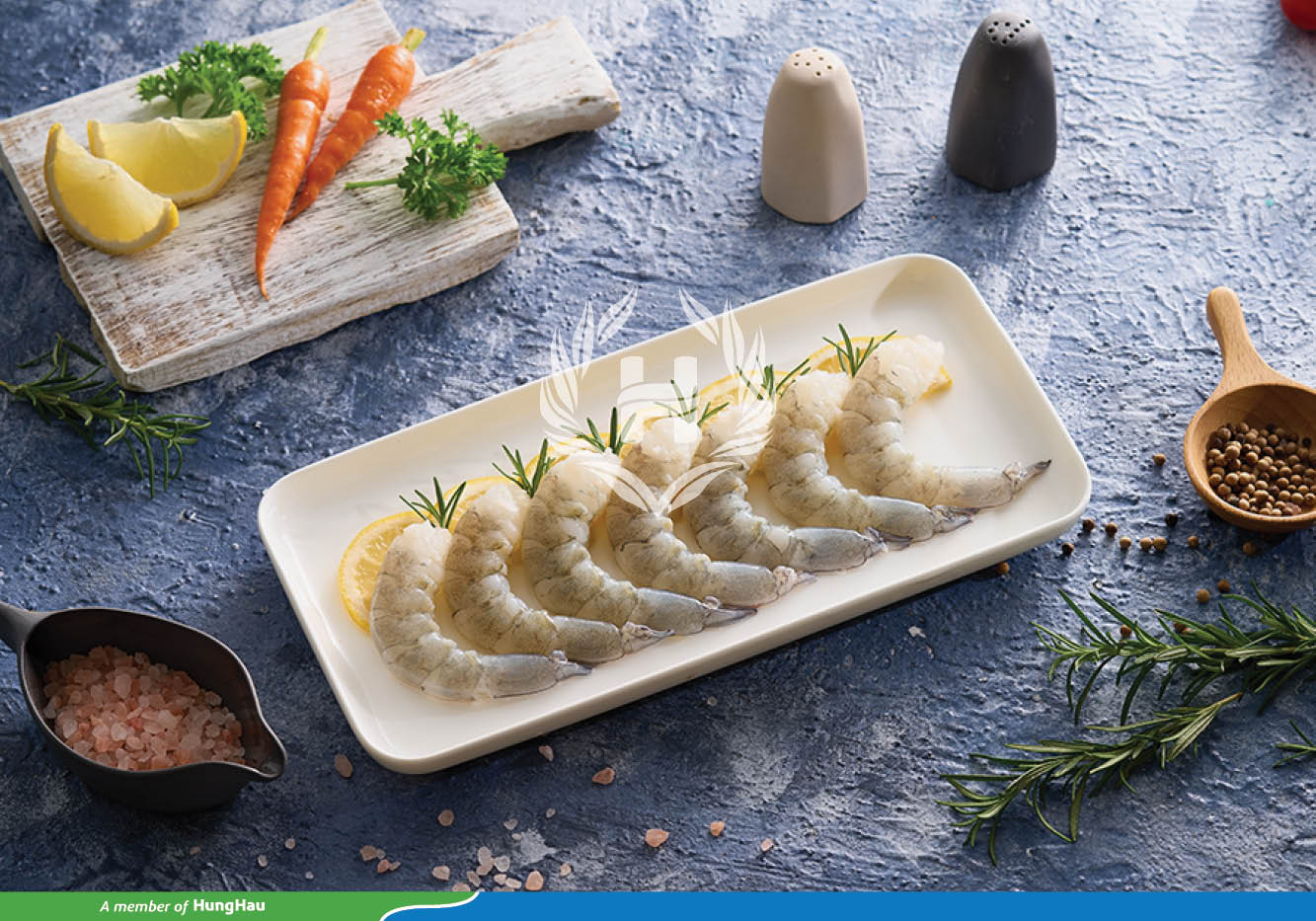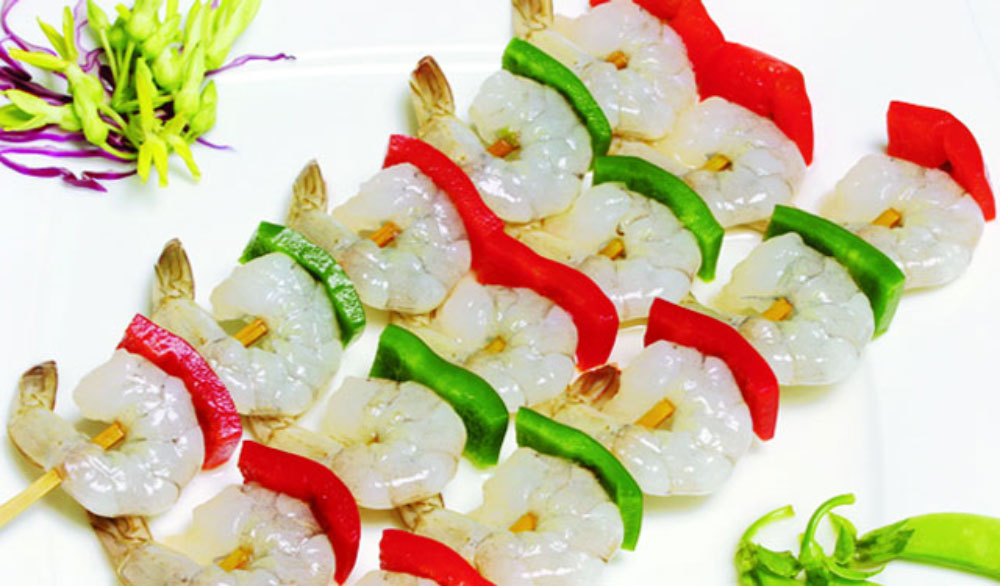Vietnam Seafood
Can Australia be an effective “support” market for Vietnamese shrimp amid the risk of US tariffs?
Steady growth
Australia is currently the 5th largest single market for Vietnamese shrimp, accounting for about 7% of total export value. In the first 4 months of 2025 alone, shrimp exports to this market reached nearly 77 million USD, an increase of 8% over the same period last year. From 2019 to 2024, shrimp export turnover to Australia has grown steadily from 127 million USD to more than 240 million USD.
Notably, white-leg shrimp accounts for 95% of total exports, of which value-added processed products account for 40% of total turnover. Products such as shrimp dumplings, skewered shrimp, steamed shrimp, frozen peeled shrimp, etc. are increasingly popular with Australian consumers.
Advantages from FTAs and strategic partnerships
Vietnam and Australia are both members of important trade agreements such as CPTPP, RCEP and AANZFTA. These FTAs not only help reduce tariffs, but also facilitate trade through harmonization of standards, simplification of customs procedures and increased trade transparency.
In addition, the two countries’ upgrading of relations to Comprehensive Strategic Partnership in March 2024 is an important political step – helping to strengthen trust and expand cooperation in the fields of fisheries and agriculture.
Opportunities for deep-processed shrimp in Australia
Although Australia’s population is only about 25.7 million people, this is still a potential consumer market because: Consumers are willing to pay a high price for quality, convenient food with clear traceability. Australians prefer convenient, easy-to-process food that is still rich in nutrients, especially young people and high-income consumers in big cities like Sydney and Melbourne. This is a great advantage for ready-to-cook, ready-to-eat shrimp products – a segment in which Vietnam has strengths.
Another advantage is that the Vietnamese community in Australia is quite large (about 300,000 people), has a certain influence on local consumption behavior – a natural promotional force for Vietnamese processed shrimp products.
In addition, the growth in processed seafood consumption increases by an average of 6-8%/year, despite the population size not changing much. And the trend of flexible vegetarianism and healthy eating promotes the consumption of protein from seafood such as shrimp.
This is an opportunity for Vietnamese shrimp to deeply exploit the market share of ready-made, conveniently packaged, high-end products, especially when the technological capacity of Vietnamese enterprises is increasingly improving.
Competitive advantage
In the Australian market, Vietnamese shrimp competes directly with shrimp from Thailand, Indonesia and India – especially in the group of cheap, unprocessed shrimp. However, Vietnam’s big advantage is the stability of quality, diversity of product designs and deep processing capacity.
Enterprises such as Minh Phu, Sao Ta, Stapimex… have invested heavily in technology, allowing Vietnamese processed shrimp products to maintain international market share, despite price pressure from competitors.

Challenges in logistics and technical standards
Despite many advantages, Vietnamese enterprises are still facing challenges:
Australia’s strict quarantine regulations require imported shrimp to not only meet antibiotic and microbiological standards, but also be virus-free.
High logistics costs, long transportation time of 14-18 days. Some enterprises have proactively coordinated cold supply chains through intermediaries in Singapore or Darwin to shorten time and optimize costs.
To promote exports to Australia, the business community proposed to increase in-depth trade promotion by industry, especially in large states such as New South Wales and Victoria; invest in cold logistics for distant markets, support cold container transportation along the chain. Propose that Australia loosen technical and administrative procedures, creating conditions for whole shrimp and semi-processed products of Vietnam to access the market; coordinate research on shrimp breeds and green processing technology.
Enterprises also need to focus on deep processing and develop private labels for Australian supermarket chains such as Woolworths and Coles. Promote digital traceability and achieve international certifications such as ASC and BAP to increase competitive advantage.
Can Australia be a strategic “bounce board” in the context of risks from the US?
If the US market becomes more difficult to access due to new tax policies, Australia can act as a “trade bounce board”, helping to reduce shocks and maintain the export rhythm for the Vietnamese shrimp industry. Unlike the US, the Australian market is more stable, has less political fluctuations and a transparent legal system, thereby minimizing risks for Vietnamese businesses in the long term.
With a favorable political foundation, increasing demand for processed shrimp and strong support from new-generation FTAs, Australia can be one of the key markets in the export market diversification strategy of the Vietnamese shrimp industry.
It is expected that with the message “Proactive adaptation – Innovation – Sustainable development” at the 7th VASEP General Assembly (2025-2030) held on June 12, shrimp exports to markets including Australia will continue to grow strongly, contributing to the target of 14-16 billion USD in seafood export turnover by 2030.
Source: https://seafood.vasep.com.vn/



 Tiếng Việt
Tiếng Việt